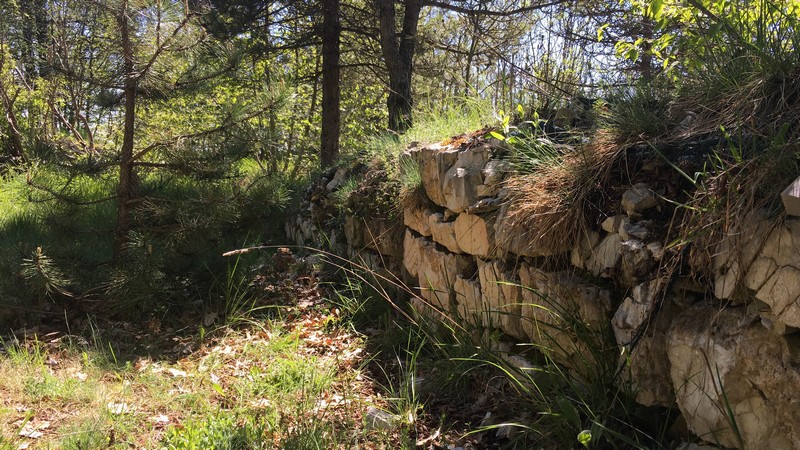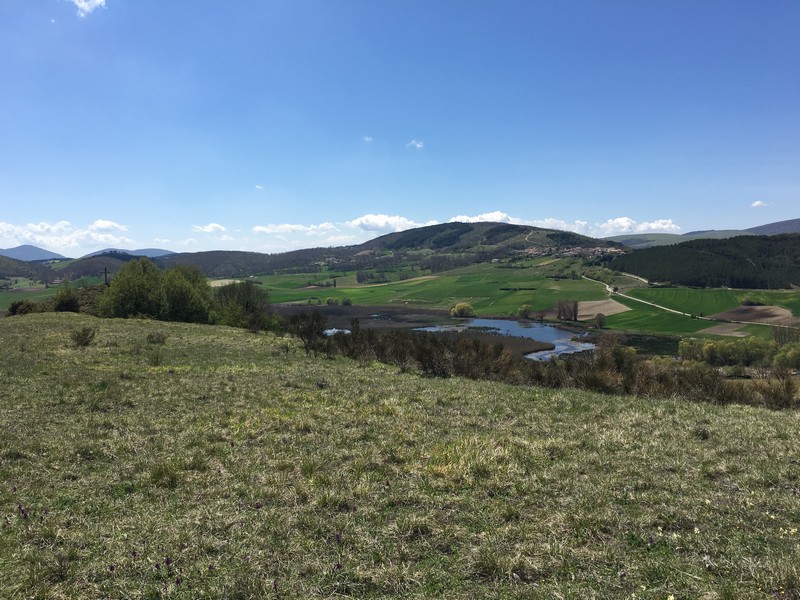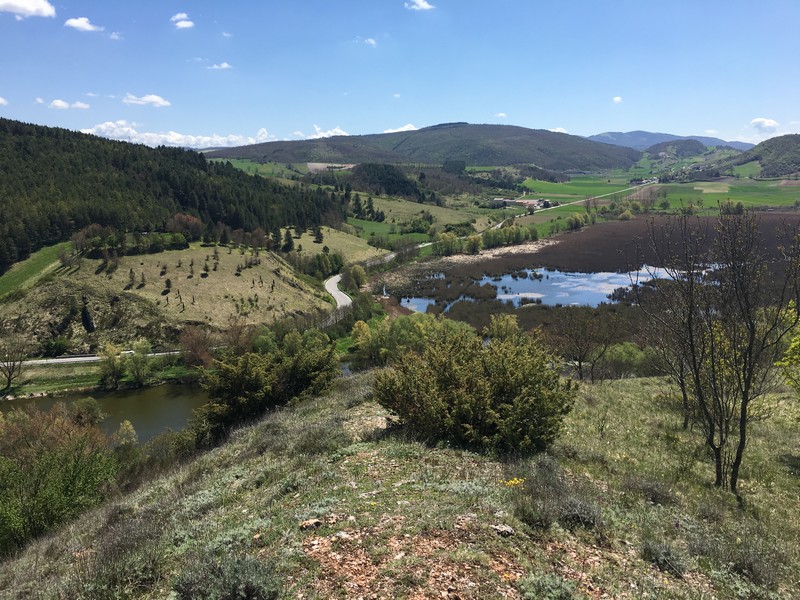Mount Orve takes its name from the Latin urbs, meaning "city"; the mount is strategically located in the center of the karst plains of the area, reaching an altitude of 926 m a.s.l. The mountain has been frequented since the fourth millennium BC., and was occupied by a village during the Bronze Age, in the 16th-14th century BC. Starting from the 6th century BC the inhabited area, which was already fortified, became the main settlement of the Plestini, i.e. the ancient population of these lands. Thus, a proto-urban planning here began, with the establishment of a sacred area in the highest part of the massif, a residential area on the slopes and a fortification above the current marsh, in correspondence of the toponym “Croce di Casicchio”. The city was equipped with a wall between the 5th and 4th centuries BC. However, this urban settlement will not last: the Roman center of Plestia will develop downstream a little later. For centuries, however, the attendance of the temple with a sacred enclosure on the top will continue. Some remains of the temple persist today.

Il progetto Divina Foligno è sviluppato nell’ambito del “programma Agenda urbana di Foligno Smart community - Comunità, Sostenibilità – Foligno 2020” intervento OT.6 INT_01 “Realizzazione della rete di attrattori culturali attraverso la realizzazione di itinerari culturali e tematici

The Divina Foligno project is promoted and financed as part of the "Urban Agenda of Foligno Smart community - Community, Sustainability - Foligno 2020 program" intervention OT.6 INT_01 "Creation of a network of cultural attractions through the creation of cultural and thematic itineraries"

Copyright © 2022 Landmark. All rights reserved.



